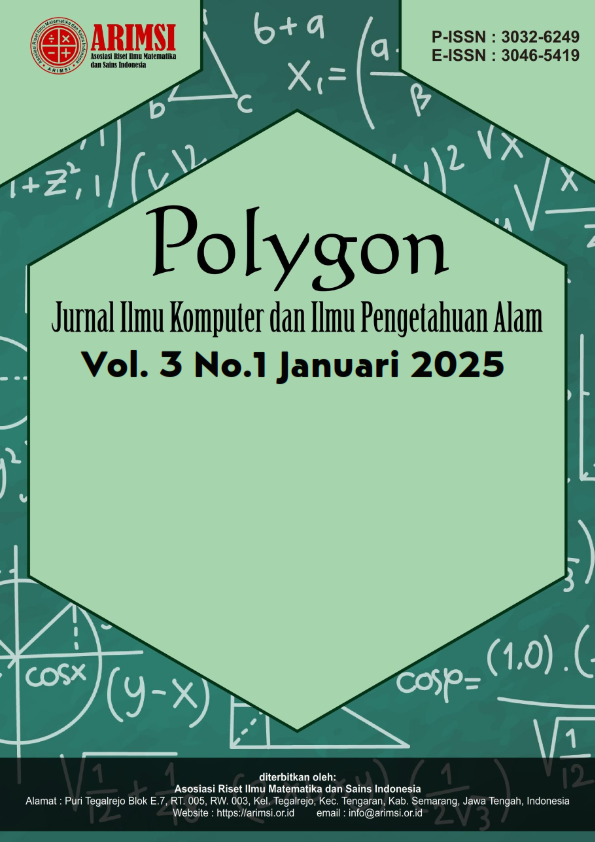Tantangan dalam Pendidikan MIPA dan Solusinya untuk Pendidikan Inklusif
DOI:
https://doi.org/10.62383/polygon.v3i1.339Keywords:
Educational Disparity, MIPA Education, Infrastructure, Inclusive Learning, Learning Technology.Abstract
MIPA education (Mathematics and Natural Sciences) plays a strategic role in developing excellent human resources in the modern era. However, the disparity in access to and the quality of MIPA education in Indonesia remains a significant challenge, particularly in remote areas. This article aims to identify the factors contributing to the gap in MIPA education, analyze its impact on learning quality, and propose solutions to address the issue. The main causes of this disparity include inadequate infrastructure, uneven distribution of teachers, and technological and socio-economic barriers. The consequences range from low student interest in science and technology to inequality in educational quality across regions. This article recommends strengthening policies for equitable education, enhancing remote learning technologies, and fostering cross-sector collaboration to create inclusive and sustainable MIPA education.
Downloads
References
Bourdieu, P. (2019). The forms of capital. In J. Richardson (Ed.), Handbook of theory and research for the sociology of education (pp. 241–258). Greenwood Press.
Coleman, J. S. (2020). Education and social structure. Social Forces, 47(4), 328–335. https://doi.org/10.2307/2574020
Kementerian Pendidikan dan Kebudayaan. (2023). Laporan statistik pendidikan MIPA di Indonesia. Jakarta: Kementerian Pendidikan dan Kebudayaan.
Kementerian Pendidikan Nasional. (2022). Data guru dan tenaga kependidikan MIPA di daerah tertinggal. Jakarta: Kementerian Pendidikan Nasional.
Robbins, D. (2019). Educational disparities and the role of teacher quality. Journal of Educational Research, 103(5), 345–361. https://doi.org/10.1080/00220671.2019.495756
Sen, A. (2022). Development as freedom. Oxford University Press.
Siemens, G. (2018). Connectivism: A learning theory for the digital age. International Journal of Instructional Technology and Distance Learning, 2(1). https://www.itdl.org/journal/Jan_05/article01.htm
UNESCO. (2021). Reaching the marginalized: The role of education in developing countries. Paris: United Nations Educational, Scientific and Cultural Organization.
Downloads
Published
How to Cite
Issue
Section
License
Copyright (c) 2024 Polygon : Jurnal Ilmu Komputer dan Ilmu Pengetahuan Alam

This work is licensed under a Creative Commons Attribution-ShareAlike 4.0 International License.





